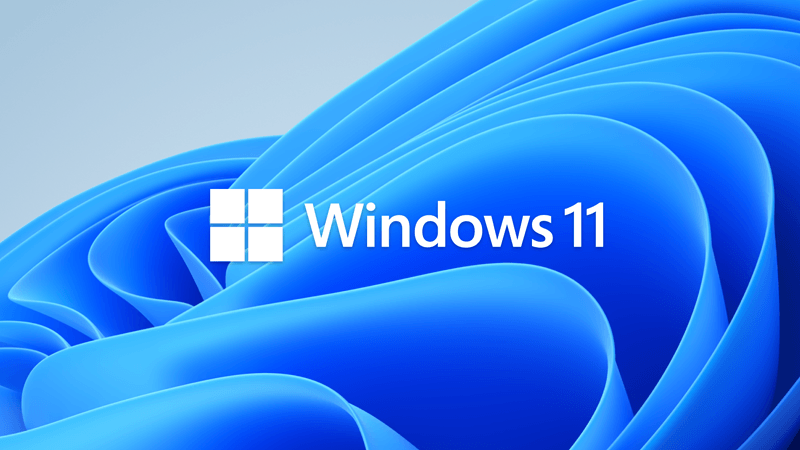Sheikh
Active member
Hello friends, I have a few questions about the Windows installation files and download methods.
As I understand it, Microsoft updates the .iso file on the public Windows download site very infrequently. For example, version 3194 has been released, but the iso file on the Microsoft site is version 1742. Even if I use the MCT tool, I get version 2033!
Later, I found out that some users have a Visual Studio MSDN subscription, where newer iso files are available. For instance, version 2894 is available on the Visual Studio site now and some subscribers download and share with other users.
I have a few questions:

As I understand it, Microsoft updates the .iso file on the public Windows download site very infrequently. For example, version 3194 has been released, but the iso file on the Microsoft site is version 1742. Even if I use the MCT tool, I get version 2033!
Later, I found out that some users have a Visual Studio MSDN subscription, where newer iso files are available. For instance, version 2894 is available on the Visual Studio site now and some subscribers download and share with other users.
I have a few questions:
- Why does Microsoft do this? It certainly isn't out of laziness; there must be a reason for not updating Windows.iso file regularly.
- Are the new images that Microsoft releases properly updated and won't cause any problems after installation?
Or is it better to download the base version (e.g. 26100.1 instead of 26100.3194) and manually update it with DISM from MS Catalog?
- On the Windows purchase page, one of the options is USB flash drive and the other is download. When selecting download, which version is downloaded after purchasing?
- I intend to install Windows on a new, blank device. What do you think is the best way to download it? Should I download the iso or use the MCT, or download the MSDN files? Which one, based on your experience, gives you more stable versions? I'm familiar with UUP dump, but my last experience with it wasn't pleasant. After installation, I had some weird bugs, and interestingly enough, after installing Windows, all updates were downloaded and installed again! So, I'm not going to use it again for my main system.
- Windows Build/Version
- Windows 11 24H2 AMD64 26100.3194
My Computers
System One System Two
-
- OS
- Windows 11 Pro 24H2
- Computer type
- Laptop
- Manufacturer/Model
- Huawei MateBook D15
- CPU
- Ryzen 5 3500U
- Memory
- 8GB
- Graphics Card(s)
- Vega 8
- Screen Resolution
- FHD
- Hard Drives
- 256GB Samsung SSD + 1TB HDD
- Browser
- Microsoft Edge
- Antivirus
- Microsoft Defender
-
- Operating System
- Windows 10 Pro 22H2
- Computer type
- Laptop
- Manufacturer/Model
- MSI GS73 6RF Stealth Pro
- CPU
- intel core i7 6700HQ
- Memory
- 16GB
- Graphics card(s)
- Nvidia Geforce GTX1060 (6GB)
- Screen Resolution
- FHD
- Hard Drives
- 128GB SSD + 1TB HDD
- Browser
- Microsoft Edge
- Antivirus
- Windows Defender










